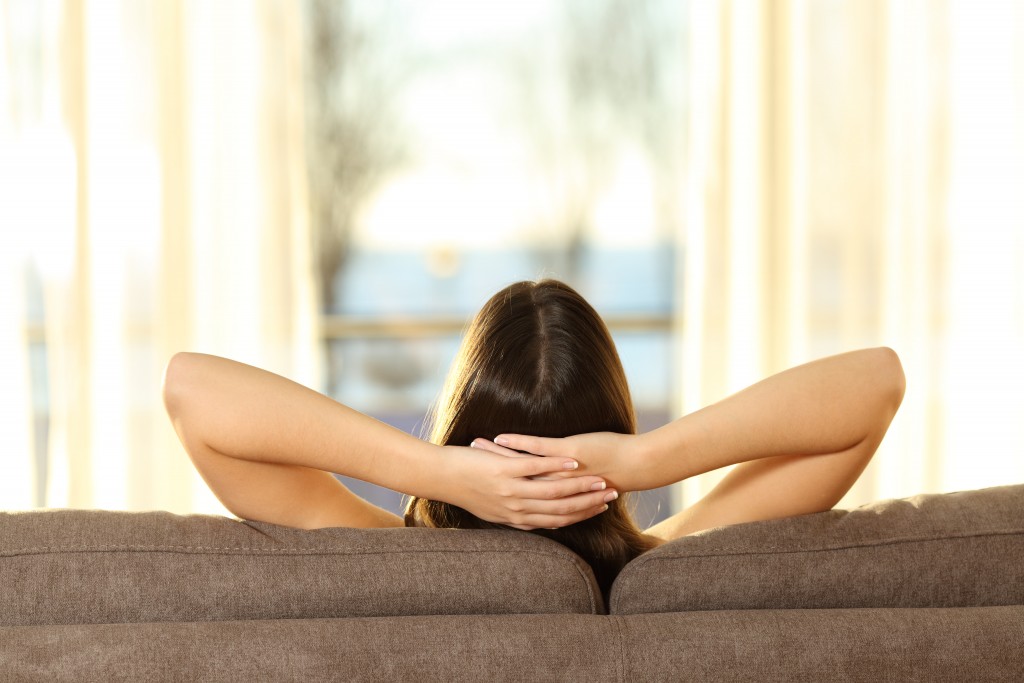Disclaimer: What Liberty Ate. This site provides food and drink content for informational purposes only.
Any woman who wants to live independently knows that they need to build a home that will be liveable, energy-efficient, and self-sustaining. It is a lifestyle choice that many women consider but often find that the demands of energy efficiency and sustainability might be too much for their first home.
So when they have saved enough to redesign the house, it becomes their priority to make it self-sustaining and energy-efficient. They look for designers that use these principles because they want to do their part in conservation. There are many benefits for those who follow these design ideas, some of which include a lower energy bill, sleeker and fetching interiors, and a comfy atmosphere. The design of the interiors and exteriors could also accommodate energy-efficient updates such as the following things.
Appropriate Use of Window Coverings
Heating and lighting are the two biggest energy consumers. One way to make your home efficient is to use appropriate window coverings. This can come in the form of drapes, curtains and others. These keep heat and cold air outside your home. This allows you to maintain the temperature you want indoors. Blinds and shades are also good alternatives to the two already mentioned. You can move or adjust these coverings to let air and light in during different times of the day.
The Right Flooring
 Windows aren’t the only ones that can positively affect your energy consumption; your choice of flooring is essential too. Rugs and carpets can trap heat effectively and are good energy efficiency alternatives. This is the reason many homes use both in places with harsh winters. A carpet can approximately retain 10% of the heat inside a room. They also give a room a distinct look because of their design or color.
Windows aren’t the only ones that can positively affect your energy consumption; your choice of flooring is essential too. Rugs and carpets can trap heat effectively and are good energy efficiency alternatives. This is the reason many homes use both in places with harsh winters. A carpet can approximately retain 10% of the heat inside a room. They also give a room a distinct look because of their design or color.
Insulate Properly
Insulation may cost a lot, but it is worth the extra expense. Properly insulated homes control the amount of heat that enters and leaves rooms and spaces. You can have an expert insulate the walls and ceiling to maintain the temperature you want during hot or cold seasons. Choose the appropriate material to get the results you want. Certain materials insulate better for a specific climate or home type.
Combine Fans with Lighting
Small changes have a positive effect on your home’s energy efficiency. Fans are a cost-effective option to keep a room cool during both hot and cold seasons. You can have a ceiling fan installed and have it rotate counter-clockwise or clockwise for proper air circulation. Choose a fan that comes with a built-in light to hit two birds with one stone. This illuminates and cools a room simultaneously.
Color Variations
The color of a room is a simple way to make it energy efficient. Dark tones attract light while their lighter counterparts reflect it. Either color type can also make any space feel warmer or colder, and even set the ambiance. Have the ceiling painted with light hues such as cream or beige to reduce the absorption of light and heat. Alternatively, painting the walls and ceiling with red and yellow can make the room warmer.
Energy efficiency and sustainability are possible with the technology and science developed today, and even your first home could be remade to make a sustainable lifestyle. You can use simple measures like the ones mentioned above to reduce costs and do your part in conserving the environment even if it’s your first home.

